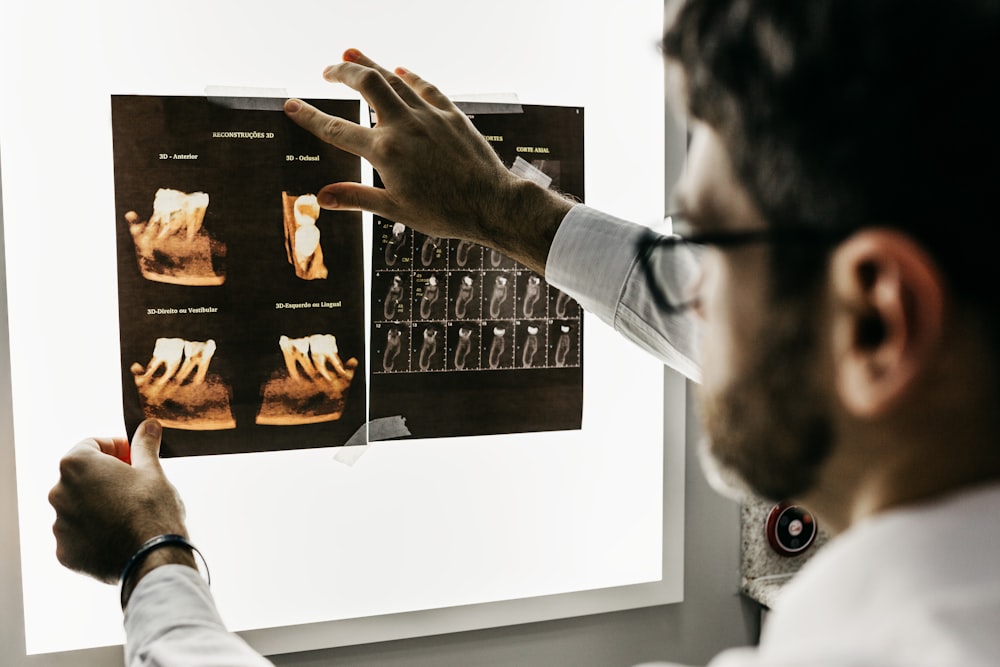Nov 30
2020
Top 5 Technologies Used In Dentistry
In decades past, when people had tooth decay or suffered from a toothache, dentists would simply pull teeth out. Anesthesia wasn’t as strong, so the process of pulling teeth was painful. Fortunately, the dental industry has changed over the years, providing less painful processes when it pertains to oral health and surgeries.
Furthermore, advanced dental technology has made it easier to take impressions, create dentures and extract teeth. Today, we’re looking at the top five technologies used in dentistry. We’ll discuss what digitized dentures are and the process behind robotic surgeries. Keep reading to learn more.
1. Robotic Surgery
Artificial intelligence (AI) is paving the way for the dental industry. Dental robots are now able to perform tasks such as filling cavities, and cleaning or extracting teeth. This is a major perk for dental practices with high foot traffic, as robots can work much faster than humans. This should also be a welcome change to patients who won’t have to wait as long for appointments.
What’s more, AI works with the utmost precision, so there will be limited mistakes when doing dental work. Fortunately, dental insurance will still cover the charges whether you get your dental work done by a human or robotic practitioner.
2. Digitalizing Dentures
Sometimes the casts that have the impressions of your teeth can crack or break when dentists work with them. This can be frustrating for the practitioner as well as the patient when you have to go back for a second impression. To speed up the process of denture creation and eliminating mistakes, dentists now use computer aid design software. With a few simple steps, a dentist can complete a prosthesis without the need for several dental impressions. The data is also saved for future reference and it’s easy to share with other dental practitioners if someone needs a referral to a specialist.
3. Using 3D Printers to Create Dentures
Creating crowns, veneers and adjusting tooth alignment can cost a lot of money. To reduce the cost of making dentures and crowns dentists now use 3D printing. What’s more, creating 3D dentures takes less time than using impressions.
In the past dental practices would send dental impressions to laboratories to design and build dentures for patients. With 3D printers, creating dentures is done in-house. This process is a huge benefit for small practices that may not be able to afford third party assistance when creating dentures. Another perk is patients can receive their dentures on the same day because of how quick it is to develop dentures with a 3D printer.
4. Automated Patient Management Software
Dental practices use automated patient management software to streamline workloads and to organize their files. The management software assists practitioners with fast processes and it increases patient satisfaction.
This type of dental software saves office space too because you can store patient files on the system. Retrieving these files is easy, so when you need to access patient information you can do so using internal search engines. Here are a few benefits of using patient management software:
- Online patient portals
- Organizing patient appointments
- Onboard patient billing processes
- Access to x-rays and test results
- Online form submissions
- Follow up appointments can be made
These automated patient software services can reduce the foot traffic inside a practice and create faster procedures for emergency patients.
5. Laser Dentistry
Laser dentistry is the procedure of using lasers to complete dental tasks on a patient. The intense beam of light from the laser is used for precise operations when dentists want to cut or remove tissue from the mouth. Laser dentistry is also used for the following:
- Removing tooth decay
- Preparing teeth for fillings
- Whitening teeth
- Gum reconstruction surgery
- Removing bacteria from the mouth
There are many benefits when using laser dentistry such as reducing healing times and discomfort. Practitioners may not need anesthesia for operations when using laser surgery. Lasers also reduce infections in the mouth and patients lose less blood during operations.
Final Thoughts
Some of these methods, such as laser surgery, have been around since 1989, but other types of technologies, such as using augmented reality, are relatively new. Virtual reality or augmented reality could be the future for training the next generation of dentists, as it gives students a realistic view of a patient’s mouth and you can interact with the computerized image. What do you think of the technologies used in dentistry? Let us know what your thoughts are by leaving a comment below.
